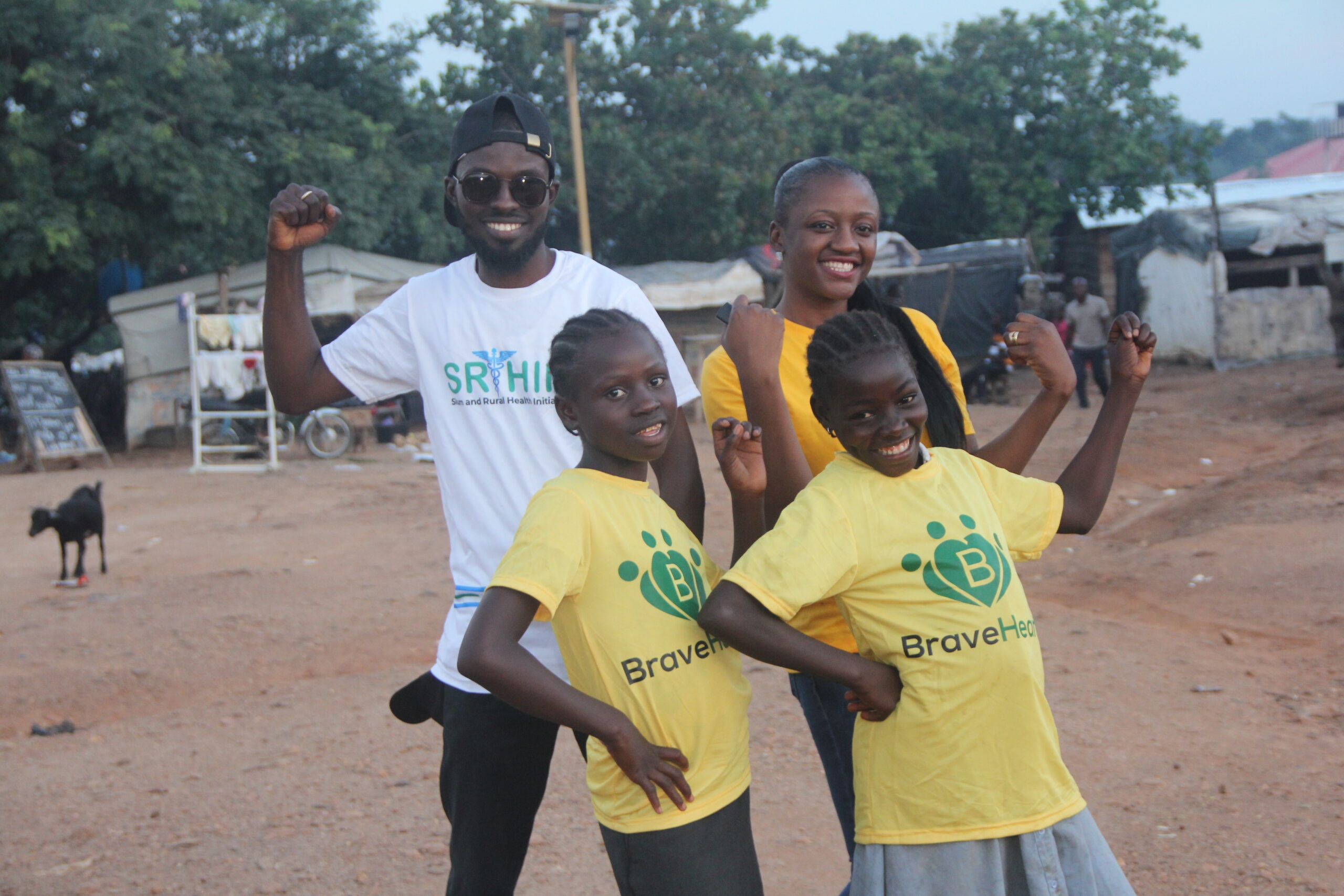Blog post
Integrating physical activity participation into the play-time of adolescents in secondary schools in Nigeria
- Boluwatife Adenle
srhin
NCDs
Adopt-a-school
Bola is a 14-year-old girl who just got enrolled in Appollan Secondary School, after spending a whole year at home. On the day of her resumption into the boarding house, she was unhappy and had low self-esteem as she looked older and overweight compared to her classmates. She then realized the effect of the sedentary lifestyle she practiced over the past year. Miss Scholastica, the house mistress, noticed Bola's gloomy look during the orientation and asked her why she looked unhappy. Bola confided in her and told her how she had gained much weight within a year of unhealthy eating habits such as the consumption of junk food and soda and also engaging in excessive screen time. Miss Scholastica assured her that she could maintain a healthy weight as the school had specific measures in place for students to engage in physical activities which will help keep them healthy and in shape.
 What is Physical Activity?
What is Physical Activity?
Physical activity is any bodily movement that is produced by the contraction of skeletal muscle and that substantially increases energy expenditure. The energy expenditure can be measured in kilocalories. Physical activity in daily life can be categorized into occupational, sports, conditioning, household, or other activities. The World Health Organization aims to reduce physical inactivity by 10% by 2025 and 15% by 2030, recommending 60 minutes of daily exercise for children and adolescents (Ages 5-17), and 150 minutes weekly for adults(18-64). It is best to incorporate vigorous-intensity aerobic activities, as well as those that strengthen muscle and bone, at least 3 days a week.
 Physical Activity and Non-Communicable Disease
Physical Activity and Non-Communicable Disease
Physical activity reduces the risk of developing non-communicable diseases (NCDs) such as heart disease, stroke, diabetes, and cancer. Physical activity has a significant effect on the heart, enhancing blood flow, cardiac contractility, and heart relaxation, all of which have an impact on how well the heart pumps blood. The blood lipid ratio can be changed by physical exercise, lowering the risk of heart disease and stroke. According to the American Cancer Society Guidelines on Nutrition and Physical Activity for Cancer Prevention, getting more physical activity is associated with a lower risk for several types of cancer, including breast, prostate, colon, endometrium, and possibly pancreatic cancer. Physical activity can help regulate some hormones that contribute to the development of cancer and help keep the immune system healthy. Regular exercise also helps an individual maintain a healthy weight, which helps regulate hormones, and the immune system.
 Physical Activities in Schools
Physical Activities in Schools
Physical inactivity, a behavior often developed in adolescence, is one of the modifiable risk factors for NCDs. Adolescents often spend about one-third of their waking hours in school. Therefore, school-based measures to increase physical activity participation among adolescents should be integrated into the school curricular and extra-curricular activities
To ensure that the WHO recommendations on physical activity at least 50 minutes of moderate-to-vigorous physical activity three times a week. These can be in the form of jogging to their classrooms after assembly, swimming, running, taking long walking steps on the field, sports activities, and any other activities that will make them burn off calories.
The school mentioned in the story above provided a good number of means for students to engage in physical activity. The students spend about 30 minutes every day walking to their classroom every morning from their hostels and also practicing the same habit when school closes. Every Wednesday and Saturday are mandatory sports and exercise lasting about 3 hours. Students who are overweight just like Bola were placed in a group where they engaged in aerial arts during the exercise session.
Also, awareness campaigns such as the Adopt-a-school NCDs campaign brought about by The Slum and Rural Health Initiative which was aimed to educate secondary school students in Nigeria on Non-Communicable Diseases prevention and participation in physical activity.
On this day, we celebrate World Physical Activity, where there is always a call to action for everyone to make physical activity a part of their lifestyle even as simple as taking a stroll to the supermarket. We strongly encourage adolescents and schools, to encourage a lifestyle of engaging in physical activities and reducing the chances of getting non-communicable diseases later in life.


